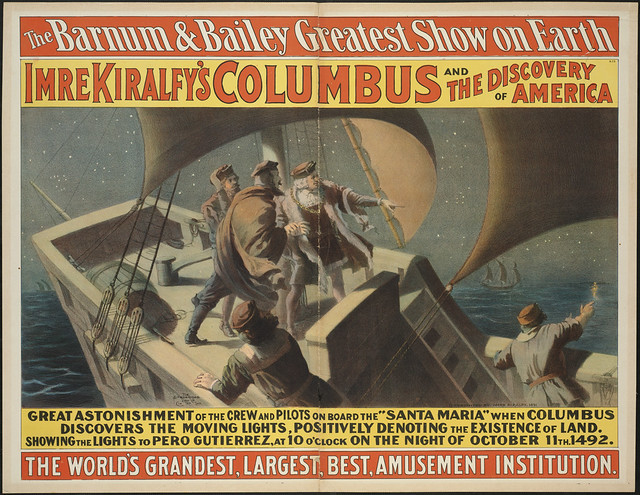Gallery with alias: PUBLIC_HISTORY_BLOG_POSTS not found

History is never over and done with—never complete, never static. Visit a local history museum today, and what you see there has been collected, preserved, interpreted, and presented to us–today (no matter how dusty, musty, and time-worn the exhibit behind glass).
We are not time travelers, so the only history we know is happening right now—as revealed to us by our public historians: history’s storytellers. They are history authors, lecturers, guides, docents, exhibit creators, archivists, artists, museum managers, governing boards, and financial underwriters (those who determine which histories are worthy of monetary support, or not).
As Ansel Adams said of photography, the hand of the creator is always present somewhere in the image. To fully understand a photograph, we have to discern and detect the photographer. And so it is with history, framed and brought into focus by the hand of public historians (see list above).
We should understand this about history in general and museums in particular: the storytellers are always present, shaping and editing historic narratives according to various cultural style guides, marking the factual from the fictitious (we hope), footnoting and annotating the margins.
While some historic narratives are encyclopedic and well researched, others are written and told with the credibility and truth of supermarket tabloids.
HISTORY FICTION?
Can we tell the difference, find the biases, see the distortions, or hear the falsehoods masquerading as historic truths? It’s not always easy. Generally speaking, the public is not trained in methods and practices of historiography. We are not the history experts; that’s the role of scholars, authors, professors, speakers, museum tour guides, and those who write history-related blog posts.
At The Social Voice Project, we contend that history is most meaningful and valuable when it is written collaboratively and told honestly and openly. History’s stories are such when they are inclusive of diverse characters and settings.
History is full of heroes and villains, complicated plot twists, competing points-of-view, and mixed narrative voices. However, let’s not get carried away with ourselves and suspend our disbelief in history’s omniscient narrator. As Ansel Adams said, the creator (historian) is always present, weighting the scale, shading, and colorizing history.
Actively and critically engaging local history means that historians and the public must work together to represent the voices and stories of our time as real and accurate historic accounts of the people, places, and events of our lives. To do otherwise is to accept museums as little more than history shopping centers, where passive consumption is customary and expected.
Sorry folks, what’s on shelf is all we got.
Be an informed history shopper, check out TSVP’s innovative and thought provoking Public History Matters blog posts. It will make you think about history again.
PUBLIC HISTORY MATTERS
At The Social Voice Project, we celebrate history and people through our community oral history projects that give us a chance to look, listen, and record the voices and stories of our time. We encourage all local historical societies and museums to capture, preserve, and share their communities’ lived experiences, memories, customs, and values. Future generations are depending on it.
Contact TSVP to learn more about our commitment to public history and community oral history projects.
MORE ESSAYS & THOUGHTS ON PUBLIC HISTORY

You must be logged in to post a comment.